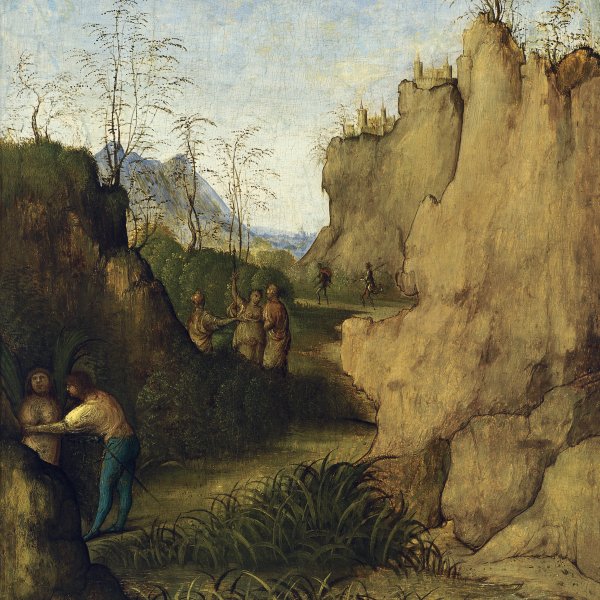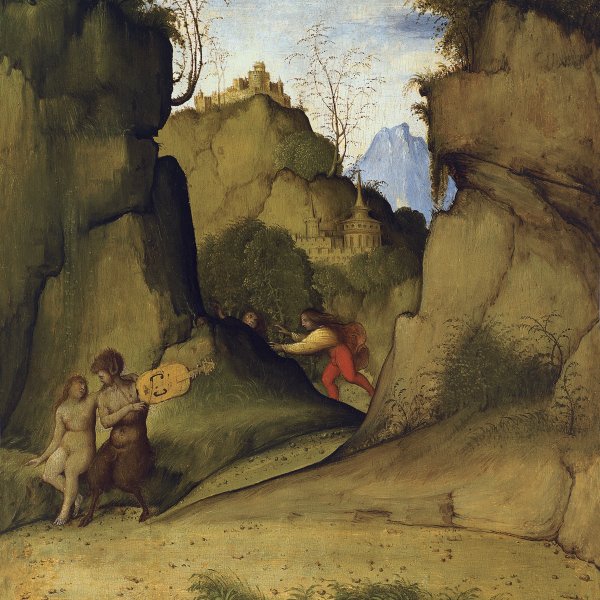Giovanni Agostino da Lodi
Giovanni Agostino da Lodi was an Italian painter and draughtsman active in the late 15th and early 16th century. He may have trained in Milan where he saw the work of Vincenzo Foppa, Leonardo and Bramantino, whose style influenced his own, as did northern European painting, particularly that of Dürer. Lodi can be seen as a link between Venice, where he is documented as receiving a payment in 1504, and his native Lombardy. After his time in Venice he returned to Lombardy where he worked on the Charterhouse at Pavia and later executed the altarpiece for the high altar of Santa Maria della Pace in Milan. The Adoration of the Magi and The Baptism of Christ from this altarpiece are now in the Pinacoteca di Brera, Milan.
Bode was the first art historian to group a series of works around an artist whom he termed the Pseudo-Boccaccino. These paintings had previously been attributed to Boccaccio Boccaccino da Cremona. Other writers such as Lucco, Natale and Moro subsequently attempted to identify the Pseudo-Boccaccino with Giovanni Agostino da Lodi, a hypothesis that proved correct and which has been demonstrated by two recent discoveries. The first was the presence of Lodi’s signature on a painting of Saint Peter and Saint John (Brera, Milan), previously attributed to Boccaccio Boccaccino da Cremona. The second was another signature on a drawing of an Allegory of Prudence sold at Sotheby’s New York in 1986. The fact that these two works were definitely by Lodi and that their style coincided with that of the Pseudo-Boccaccino allowed for a secure identification.






